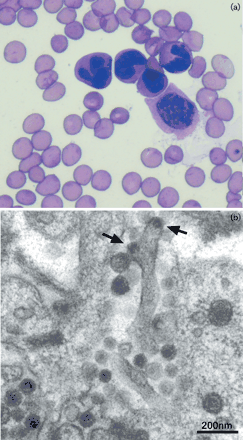New Research by a consortium at the Universities of Nottingham, Queensland and Adelaide has thrown up the possibility that koalas in South Australia may have a version of koala retrovirus hiding in their genomes that prevents infectious counterpart from getting into koala cells. The work was presented at The Microbiology Society Conference in Edinburgh earlier this year and is discussed in the BBC world services science in action programme http://www.bbc.co.uk/programmes/p04z7mjy . Koala retrovirus is thought to be the underlying cause of leukaemia and lymphoma and possibly one of the triggers for animals to develop clinical chlamydial disease but untangling the viruses pathogenesis is complicated by the fact that there are inherited copies of the viruses (endogenous retroviruses) integrated into most koalas genomes. The researchers used a technique called RNAseq where they sequenced all the transcribed RNA in lymph nodes from two groups of animals – one in QLD where KoRV is present in all animals and one in SA where KoRV is absent in some animals. The differences between the populations were striking with QLD animals having many types of KoRV at a high viral load wheras the SA animals generally didn’t have the full virus – only a truncated version at a low viral load. This truncated virus may (as occurs in other animals such as chickens) block the full virus from infecting cells and may potentially explain the very different KoRV and Chlamydial disease patterns seen between Southern and Northern Animals. The work was funded by the QLD department of the Environment and Heritage and forms part of the PhD studies of Nishat Sarkar (UQ) and Jess Fabijan (UA).
Contact Rachael.tarlinton@nottingham.ac.uk for further information.
Photo credit: Oliveira NM, Farrell KB, Eiden MV. 2006. In Vitro Characterization of a Koala Retrovirus. Journal of Virology. 80(6): 3104-3107


